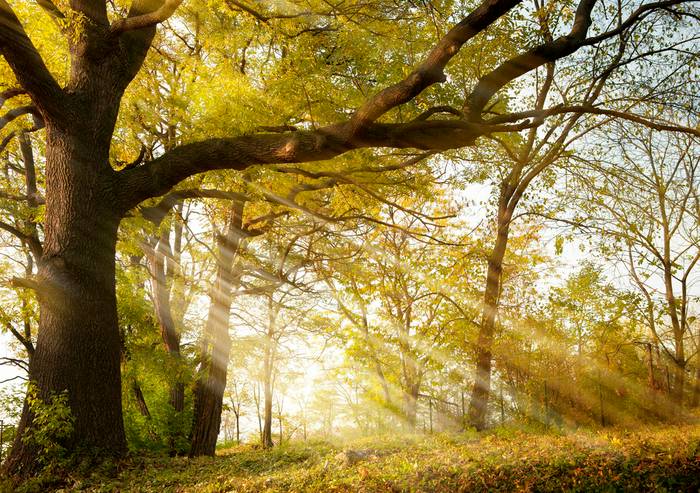
备考的过程中,模拟试卷是必不可少的。小编精心为大家整理了2022年9月阅读分类模拟试卷
Reading Comprehension
Section A
Directions: In this section, there is a passage with ten blanks. You are required to select one word for each blank from a list of choices given in a word bank following the passage. Read the passage through carefully before making your choices. Each choice in the bank is identified by a letter. You may not use any of the words in the bank more than once.
Shopping habits in the United States have changed greatly in the last quarter of the 20th century. Early in the 1900s most American towns and cities had a Main Street. Main Street was always in the 1 of a town. This street was lined on the both sides with 2 businesses. Here, shoppers walked into stores to look at all sorts of merchandise: clothing, furniture, hardware, groceries. In addition, some shops offered 3 . These shops included drugstores, restaurants, shoe repair stores, and barber or hairdressing shops. But in the 1950s, a change began to 4 place. Too many automobiles had crowded into Main Street while too few parking places were 5 to shoppers. Because the streets were crowded, merchants began to look with interest at the open spaces outside the city limits. Open space is what their car driving customers 6 . And open space is what they got when the first shopping center was built. Shopping centers, or rather malls, 7 as a collection of small new stores away from crowded city centers. Attracted by hundreds of free parking space, customers were drawn away from 8 areas to outlying malls. And the growing 9 of shopping centers led in turn to the building of bigger and better stocked stores, By the late 1970s, many shopping malls had almost developed into small cities themselves. In addition to providing the 10 of one-stop shopping, malls were transformed into landscaped parks, with benches, fountains, and outdoor entertainment.
A.designed B.take C.heart D.needed
E.though F.convenience G.services H.fame
I.various J.popularity K.cosmetics L.started
M.downtown N.available O.cheapness
In science, a theory is a reasonable explanation of observed events that are related. A theory often involves an imaginary model that helps scientists envision the way an observed event could be 11 . A good example of this is found in the kinetic molecular theory (分子运动论), in which gases are pictured as being made up of many small 12 that are in constant motion. A 13 theory, in addition to explaining past observations, helps to predict events that have not as yet been observed. After a theory has been 14 , scientists design experiments to test the theory. If observations do not 15 the predictions, the scientists must search 16 . There may be a fault in the experiment, or the theory may have to be revised or rejected. Science involves imagination and creative thinking as well as collecting information and performing experiments. Facts by themselves are not science. As the mathematician Jules Henry Poincare said: "Science is 17 with facts just as a house is built with bricks, but a collection of facts cannot be called science any more than a pile of bricks can be called a house." Most scientists start an investigation by finding out what other scientists have learned about a particular problem. After known facts have been 18 , the scientist comes to the part of the investigation that requires 19 imagination. Possible solutions to the problem are formulated. These possible solutions are called hypotheses.
In a way, any hypothesis is a leap into the unknown. It extends the scientist's thinking beyond the 20 facts. The scientist plans experiments, performs calculations, and makes observations to test hypotheses. For without hypotheses, further investigation lacks purpose and direction. When confirmed, they are incorporated into theories.
A.nearly B.useful C.considerable D.considerate
E.published F.publicized G.gathered H.produced
I.built J.made K.known L.confirm
M.particles N.parts O.further
以上就是关于“2022年9月大学英语四级考试阅读分类模拟试卷(1)”的内容,更多精彩内容,请持续关注频道!